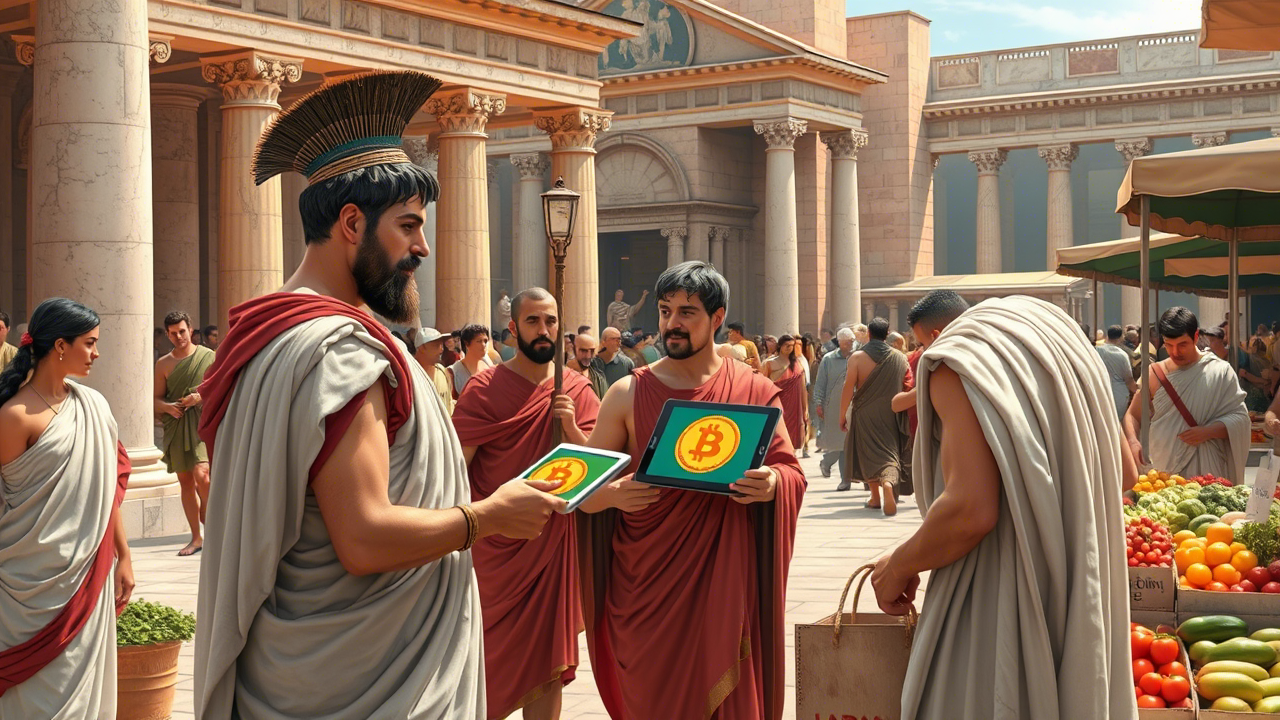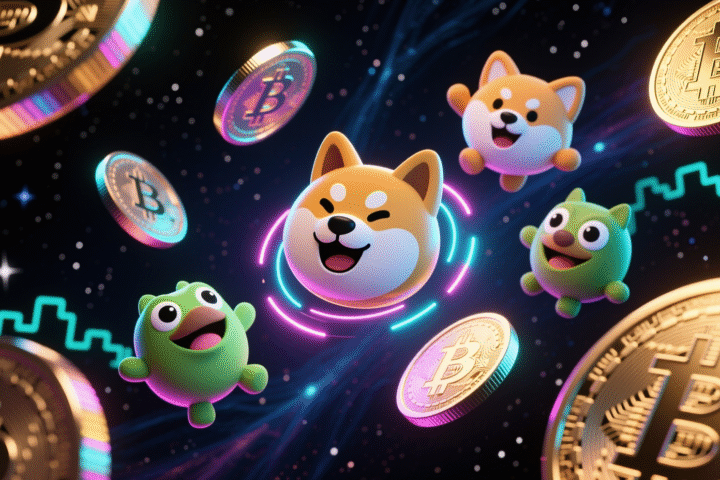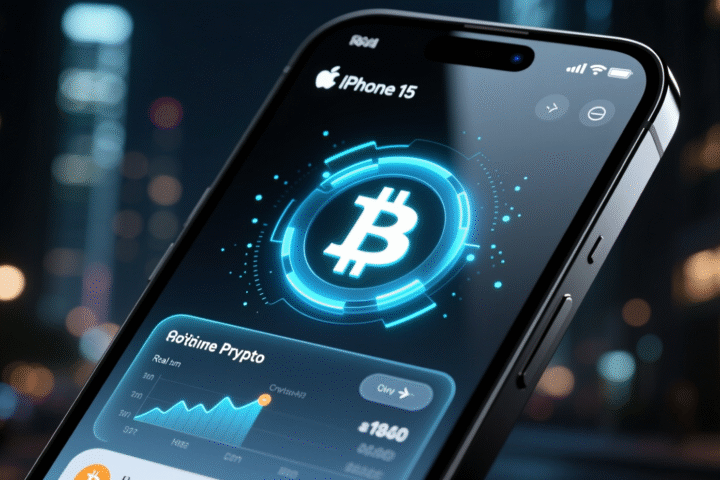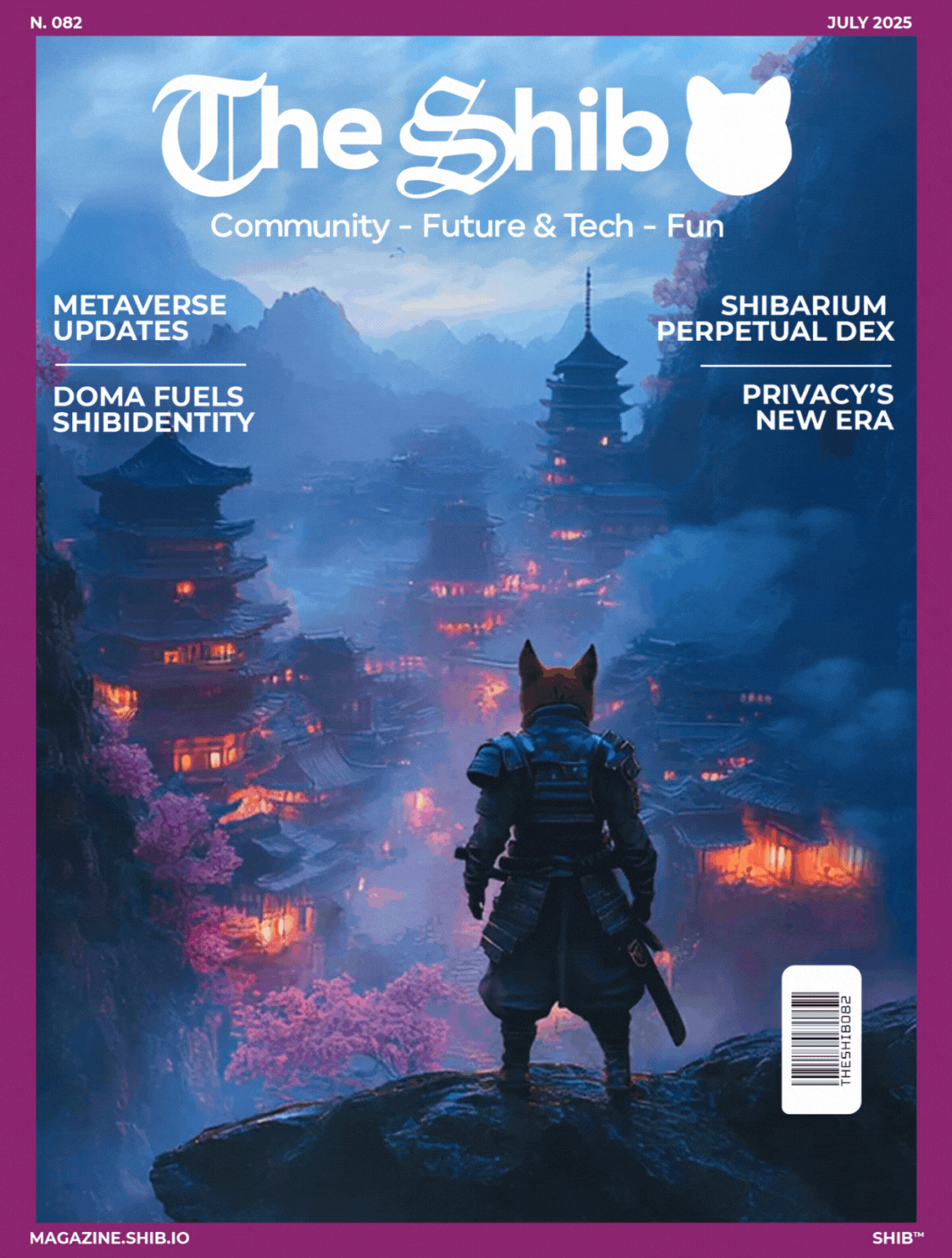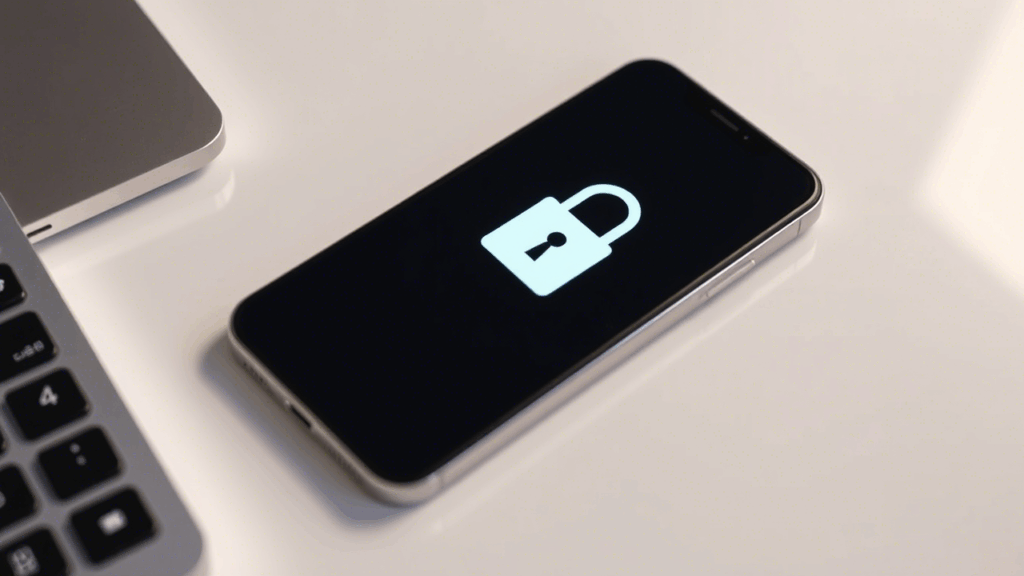What do seashells, gold coins, paper bills, and Bitcoin all have in common? They’re all part of the wild, weird, and surprisingly creative evolution of money —a story that stretches from bartering goats to scanning QR codes in coffee shops. Money isn’t some fixed, one-size-fits-all invention. It’s a tool we keep upgrading as our world—and our tech—changes.
And it has changed. A lot.
That’s why understanding crypto isn’t about memorizing jargon or staring at charts. It starts with a simple idea: money has always evolved. From cowrie shells to central banks, every shift tells us something about who we are, what we value, and how we trust one another. Crypto is just the latest chapter in that story—and maybe the boldest one yet.
Barter, Beads, and Bronze: The Origins of Trade
Long before anyone whispered the word “Bitcoin,” humans were already getting creative with how they exchanged value. In the beginning, there was barter—I give you a goat, you give me three baskets of grain. Simple. Kinda. But also, kinda awkward. What if your neighbor didn’t need a goat that day? Or what if your grain had bugs in it? Negotiations got messy, fast.
That’s when people started looking for something—anything—that could stand in for value. The goal? A form of money that everyone in the community agreed had worth, regardless of what it actually was.
From Cows to Cowries: Money Gets Symbolic
Across the globe, different societies came up with wildly different solutions:
- In some places, it was livestock.
- In others, it was beads, feathers, or cowrie shells—beautiful little sea shells that became surprisingly powerful economic tools.
- Ancient Mesopotamians used clay tokens.
- The Chinese traded with pieces of metal shaped like knives.
These early items weren’t just random trinkets—they were humanity’s first real attempts at creating money. And they mark an important step in the evolution of money: the shift from trading stuff you needed to using symbolic objects that represented value.
Enter Commodity Money: Salt, Copper, and Shine
Eventually, societies began to favor things that were rare, durable, and hard to fake. Enter commodity money—objects with intrinsic value that also happened to be useful. Think:
- Salt (so valuable Roman soldiers were sometimes paid with it)
- Copper (easy to mold, hard to destroy)
- Silver (shiny, scarce, and ideal for coinage)
These weren’t just barter upgrades—they were early prototypes of currency. People didn’t need to explain why silver was valuable; it just was, everywhere. This paved the way for more universal money systems and, later, state-issued coins.
Bottom line: the moment we moved from “I’ll trade you this” to “this shiny thing stands for value,” money became a technology. And once that happened, it was only a matter of time before someone would start asking, “How do we make it better?”
Gold, Empires, and the Birth of Coinage
Eventually, the seashells and salt gave way to something shinier—gold. People across cultures were obsessed with it. Not just because it looked fancy (although, let’s be honest, it did), but because it had all the right qualities for money: it was rare, durable, portable, and universally admired.
But something big happened when gold became coins: money got standardized. No more weighing chunks of metal or biting coins to make sure they were real. Ancient rulers—think Lydia, Persia, Rome—began stamping coins with official designs and fixed weights. Suddenly, your shiny disc wasn’t just gold—it was state-approved gold.
This was a major milestone in the evolution of money: trust shifted from objects to issuers. A gold coin with Caesar’s face on it didn’t just carry value because it was gold—it carried value because the empire said so.
Here’s why that mattered:
- Standardized coins made trade way easier. Everyone knew what they were getting.
- Counterfeiting became harder. Official stamps, symbols, and borders added security.
- Power and money became intertwined. Whoever controlled the mint controlled the economy.
And just like that, the idea of state-backed money was born. From Rome to China, empires started linking their political dominance with their monetary systems. Currency wasn’t just a tool—it was a flex. Your money said, “This comes from a powerful empire, and you’d better believe it’s legit.”
But there was still one big anchor holding everything together: physical scarcity. The value of money was rooted in how hard it was to dig out of the earth, smelt, and mint. Gold and silver gave people a sense of stability—until the world got a little too big for shiny coins alone.
And that’s where the next twist in the story begins.
Paper Money and the Birth of Banks
Eventually, people realized something: gold is heavy. Lugging around sacks of coins just to buy a horse—or a few bolts of silk—wasn’t exactly efficient. So, in true human fashion, we found a shortcut: paper.
The first official use of paper money dates back to China’s Tang Dynasty around the 7th century. Merchants began using promissory notes instead of hauling coins across long trade routes. A few hundred years later, the government got involved and said, “Hey, we can issue those.” Boom—state-issued paper currency was born.
But here’s the catch: that paper wasn’t valuable on its own. It was a receipt—a promise that you could redeem it for real treasure, usually silver or gold. That’s why early paper money was often stamped, signed, or sealed like a royal decree. The message was simple: “This note means something because there’s gold sitting somewhere to back it up.”
This was another major shift in the evolution of money—from coins with intrinsic value to paper backed by trust.
Fast forward to medieval Europe, and banks started joining the party. Goldsmiths had secure vaults, so people began leaving their gold with them for safekeeping. In return, they got paper receipts. Eventually, these receipts became so common that people just started using them as money. Why go back and forth to the vault when the paper did the job?
That’s when banks realized something… interesting.
They noticed that not everyone came to claim their gold at the same time. So they started issuing more paper money than they had gold to back it up—essentially betting that withdrawals wouldn’t all happen at once. And just like that, the idea of fractional reserve banking was born.
To recap:
- Paper money began as a receipt for something real.
- Banks became middlemen who held the gold and issued the paper.
- Fractional reserve systems meant banks could lend out more than they actually had.
It worked… until it didn’t. When too many people tried to redeem their notes at once (hello, bank runs), the system wobbled. But even with the risks, this model stuck—because it made economies grow way faster.
So once again, trust shifted: not just in the paper, but in the institutions behind it. And as the world got more connected, and finance got more complex, it was only a matter of time before money would evolve again—this time into pure digital form.
Fiat Currency: When Trust Replaces Backing
For centuries, money came with a promise: somewhere, there’s gold behind it. But in 1971, the U.S. officially ditched the gold standard, cutting that tie for good. From then on, money didn’t need to be backed by anything physical—it just needed trust.
That’s fiat currency: money that holds value because governments say it does, and because we all agree to believe in that system. No gold, just trust in central banks, economic policies, and institutions.
Then came digital banking, and things got even more abstract. Most money today isn’t paper or coins—it’s just numbers on a screen. You tap a card or send a transfer, and zeros fly through the system. Fast? Yes. Physical? Not at all.
But this model has its downsides:
- Inflation from printing too much money
- Gatekeeping from banks and institutions
- Lack of privacy, since everything’s tracked
In this phase of the evolution of money, trust shifted from metal to governments—and now to code, which brings us to the rise of crypto.
Enter Crypto: Trustless Code and Decentralized Value
In 2008, while the financial world was spiraling, an anonymous figure named Satoshi Nakamoto proposed a bold fix: Bitcoin. No banks. No middlemen. Just math, code, and a radical idea—that money could exist without anyone in charge.
This marked a major leap in the evolution of money. Instead of trusting institutions, people could now trust code. And at the heart of it all was a brand-new invention: the blockchain—a decentralized, tamper-proof ledger where every transaction is recorded for all to see.
What made this different?
- Scarcity by design – Bitcoin has a fixed supply. No printing more on a whim.
- Open access – Anyone with an internet connection can use it—no bank account needed.
- No gatekeepers – You control your assets. No approvals. No freezing.
- Transparency – Every transaction is public, permanent, and verifiable.
- Programmability – With smart contracts, money can now follow rules, automatically.
Soon, more than just digital cash emerged. Crypto evolved into full-on ecosystems: Decentralized Autonomous Organizations (DAOs) for governance, Decentralized Finance (DeFi) for financial tools, non-fungible tokens (NFTs) for ownership, and whole networks built for new kinds of digital interaction.
Crypto didn’t just digitize money—it reimagined it. In this chapter of the evolution of money, power shifts from centralized institutions to decentralized networks. And instead of asking you to “trust us,” crypto says, “Check the code.”
For some, that’s scary. For others, it’s a breath of fresh air. Either way, one thing’s clear: money, once again, is changing—and fast.
Money Today: A Spectrum from Gold to Code
Open your wallet—or your crypto wallet—and you might find a little bit of everything: a few paper bills, maybe a debit card, a stablecoin or two, and some Bitcoin waiting for a bull run. That’s not weird anymore. In fact, it’s kind of the new normal.
We’ve officially entered a world where money exists on a spectrum. On one end, there’s old-school cash and gold bars in vaults. On the other, there’s blockchain-based tokens, algorithmic stablecoins, and digital collectibles that somehow also have market value. And in between? Fiat currency, mobile payments, and all the apps that move money in ways that feel borderline magical.
This isn’t a replacement. It’s an expansion.
For the first time in history, we’re not locked into just one kind of money. Instead, we have an expanding menu of options, and people are choosing what works best for them:
- Physical cash for quick, anonymous transactions
- Fiat for everyday spending and salaries
- Stablecoins for fast, borderless payments without volatility
- Bitcoin and Ethereum for long-term value, experimentation, and sovereignty
- Tokens and NFTs for new digital economies and ownership models
In the modern evolution of money, one size doesn’t fit all. Instead of being told what money is, people are now picking what money means to them—based on utility, access, values, or vibes.
And here’s the most exciting part: this spectrum is helping unlock global financial access. For millions of people who’ve been shut out of banks or hit by unstable currencies, crypto offers a path to participation, ownership, and control.
It’s also about sovereignty—having real control over your assets without third-party approval. And in an increasingly censored, surveilled world, resistance to control is becoming just as valuable as the money itself.
Money today isn’t just changing—it’s diversifying. The question isn’t “Which one wins?” It’s: “Which ones work for you?”
The Future Is Already Here
The story of money is one of constant change. From seashells to gold coins, paper notes to digital zeros, the evolution of money has always been about adapting to new technologies and ideas. Crypto isn’t just some passing fad—it’s the latest chapter in this ongoing journey.
But here’s the twist: the real question isn’t “Is crypto money?” It’s “What kind of money do we want going forward?” Do we want systems controlled by a few, or money that anyone can access? Do we want privacy and sovereignty, or convenience with oversight? The answers to these questions will shape the financial world for decades to come.
If there’s one thing to take away, it’s this: the future of money isn’t set in stone. It’s being built right now by innovators, communities, and yes—curious minds like yours.
So keep exploring, stay curious, and watch how Web3 and crypto continue to reshape the way we think about value, trust, and exchange. Because the evolution of money is far from over—and you’re part of the story.
Read More
- What Is Crypto? A Teen-Friendly Guide to Understanding Digital Money
- Teen Money Tips 2025: Crypto vs Savings – What Builds Wealth?
- 6 Crypto Myths That Deserve to Be Buried for Good
Michaela has no crypto positions and does not hold any crypto assets. This article is provided for informational purposes only and should not be construed as financial advice. The Shib Magazine and The Shib Daily are the official media and publications of the Shiba Inu cryptocurrency project. Readers are encouraged to conduct their own research and consult with a qualified financial adviser before making any investment decisions.

